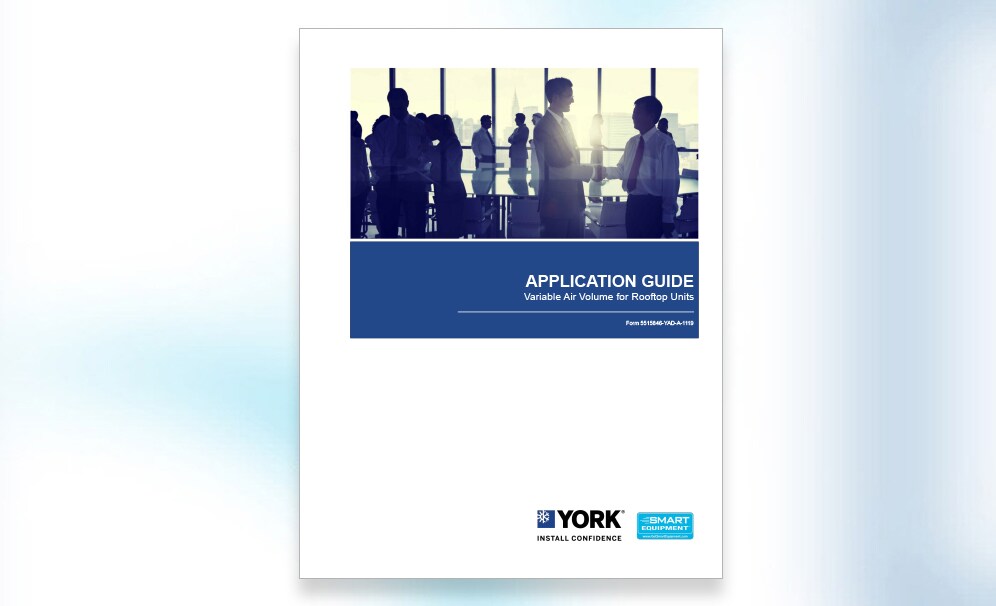Increasing Building Efficiency Through Energy Recovery Wheels
To help mitigate “sick building syndrome” and other issues related to a lack of fresh air in a building, indoor air must constantly be exchanged with outdoor air. However, the temperature and humidity levels of these two air sources are rarely the same, so the incoming air must be treated to meet the requirements of the occupied space. This process is energy-intensive but can be made less costly by using a technology called an energy recovery wheel (ERW).
Simple Energy Recovery
An energy recovery wheel is a fundamentally simple device, but its effects can be profound. In a building’s HVAC system, there is a point where incoming fresh air passes by outgoing exhaust air – and this is where the ERW is positioned. At this location, the ERW can absorb the moisture and temperature properties of the exhaust air and transfer them to the incoming fresh air. This passive process helps precondition the incoming air to be closer to the desired requirements of the occupied space while providing significant energy savings in the process.
Determining Effectiveness
As the incoming and exhaust airstreams pass through the energy recovery wheel, the rotation of the wheel facilitates the transfer of energy from the one air supply to the other. The ratio of energy transferred from one air source to the other is known as “effectiveness.” The total energy transferred by the wheel is the product of the wheel effectiveness, the airflow volumes of the two airstreams and the difference in energy levels between those airstreams.
Further ERW Standards and Guidance
There are three primary applications for the air-to-air energy recovery described above – process-to-process, process-to-comfort and comfort-to-comfort, with subcategories of preconditioning the outside air and tempering the supply air. Implementing the correct type of energy recovery device can help meet a number of codes and standards, depending on the application and jurisdiction. ASHRAE Standard 84-1991, ASHRAE Standard 90.1-200, ARI Standard 1060-2000, ARI Guideline V and other guidelines can all provide instruction on the use and installation of energy recovery solutions. To learn more about energy recovery wheel implementation and benefits in high-performance rooftop units, download your free copy of the complete Variable Air Volume (VAV) Application Guide for Rooftop Units.
